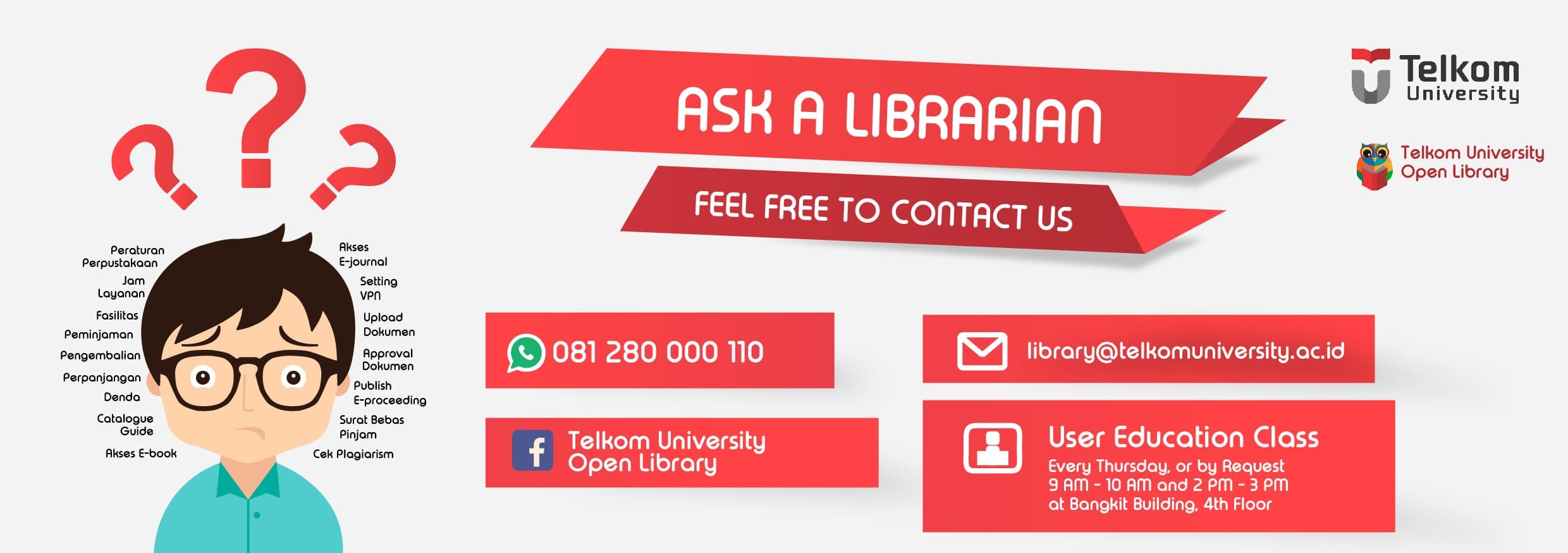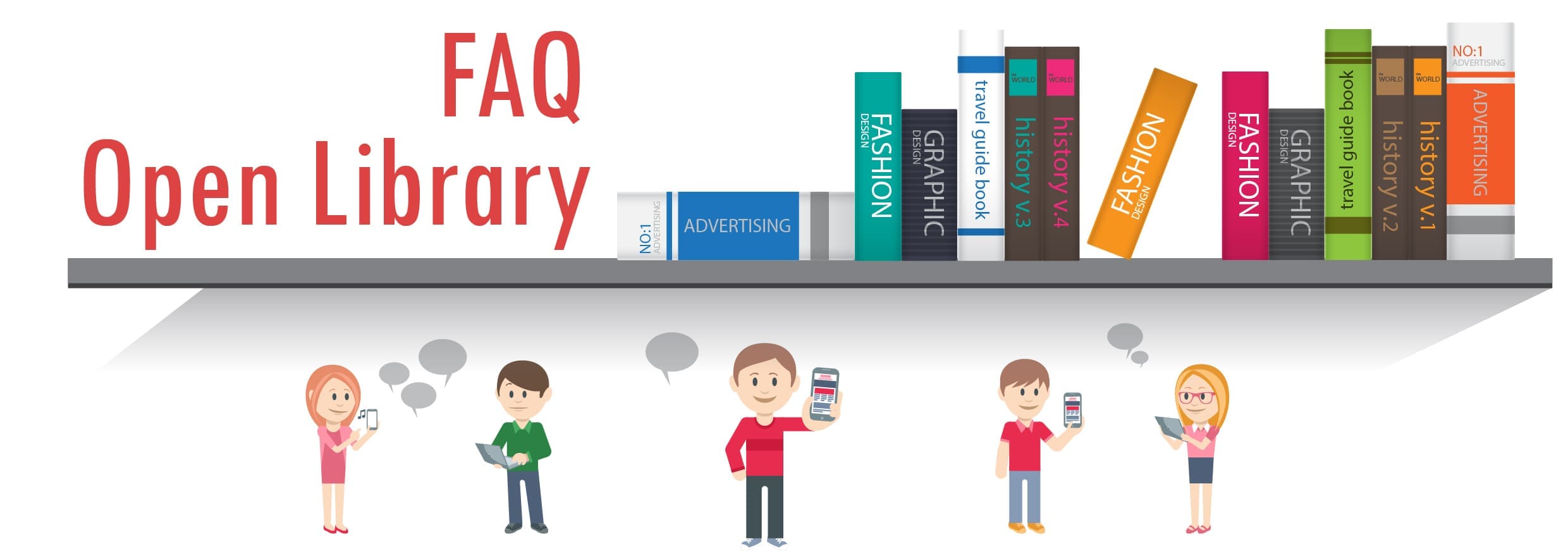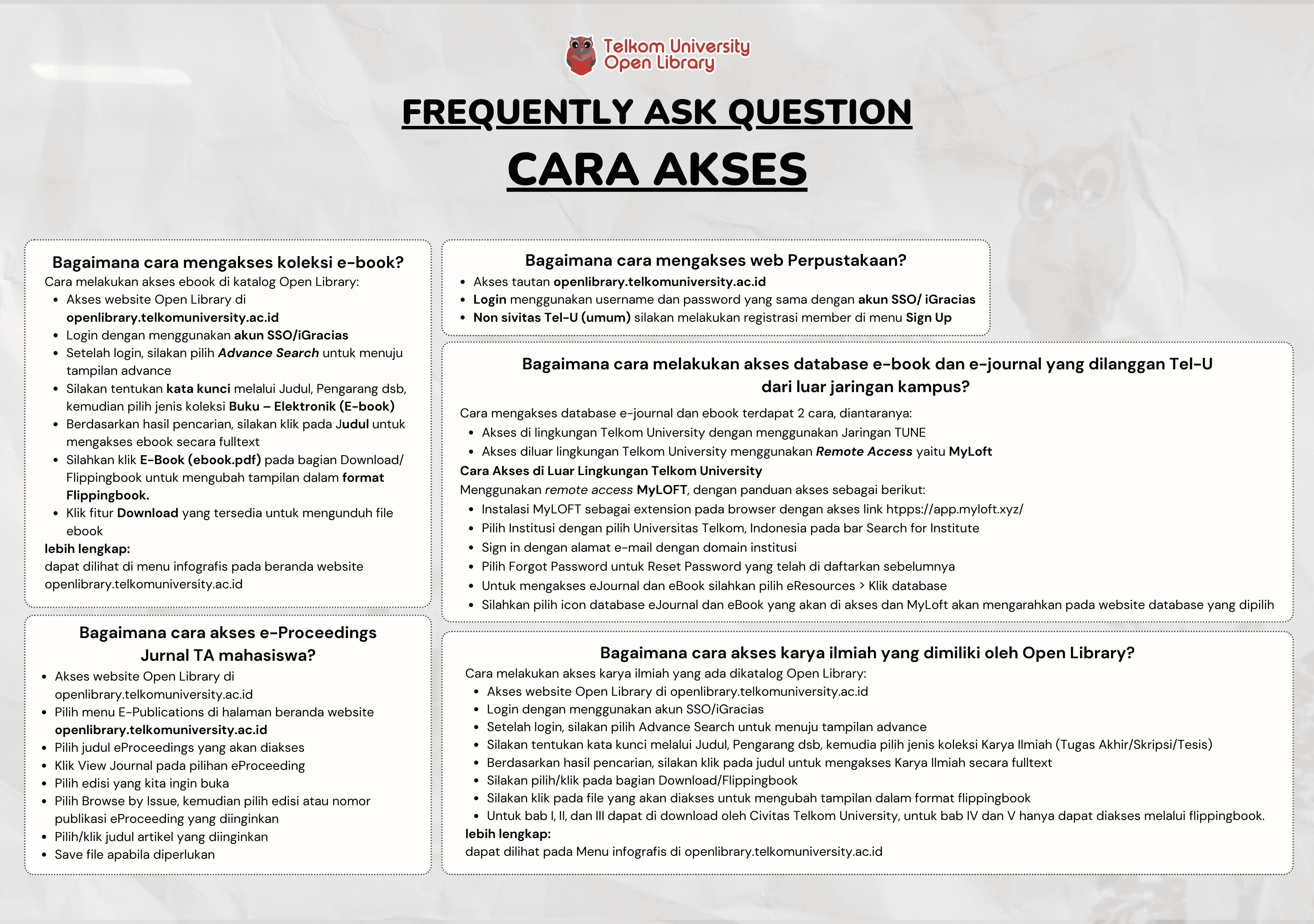Basics of Communication Research
Leslie A. Baxter, Earl Babbie

Informasi Umum
Kode
9.939
Klasifikasi
302.2 - Social science- communication, failures, disruptions of communication
Jenis
Buku - Circulation (Dapat Dipinjam)
Subjek
Communication, Research In Communication
No. Rak
Tel-U Gedung Manterawu Lantai 5 : Rak 6b
Tel-U Gedung Manterawu Lantai 5 : Rak 7a
Tel-U Purwokerto : Rak 4
Dilihat
242 kali
Informasi Lainnya
Abstraksi
This book is organizedinto three main parts. Part 1 examines introductory issues of interest to both quantitavely oriented and qualitatively oriented producers/consumers. Chapter 1 introduces readers to the domain of communication, discussing the kinds of issues addressed by communication researchers and how students can access published communication research. Chapter 2 offers an overview of the research process, providing a step by step discussion of the major kinds of decisions that face researchers as they plan a study. Chapter 3 discusses four of the major sets af assumptions in which communication research is grounded: the positivist paradigm, the system paradigm, the interpretive paradigm, and critical paradigm. Chapter 4 emphasizes the role of logic and reasoning in the research process. Chapter 5 presents an in depth discussion of the ethics that guide communication research. Part 2 of the book is devoted to issues and methods of particular relevance to producers/consumers of quantitatively oriented communication research. Chapter 6 continues the Babbie tradition of a lucid discussion of conceptualization and operationalization. Chapter 7 is devoted largely to probability based sampling methods, although nonprobability sampling methods are previewd for a return performance in part 3 of the book. Chapter 8 is devoted to standardized questionnaires and interviews. Chapter 9 discusses pre experiments, quasi experiments, and classic experiments. Chapter 10 provides detailed treatment of the two text analysis methods most commonly found in communication research. Chapters 11 and 12 fuction as an introductory “primer” of sorts to descriptive and inferential statistics. Part 3 shifts our attention issues and methods relevant to producers/consumers of qualitative communication research. Participant observation takes many forms, and these are presented and illustrated in chapter 13. Chapter 14 presents unstructured and semi structured interviewing. Chapter 15 examines how qualitative researchers study naturally occurring communication messages and symbols what we call social texts. Chapter 16 can be thought of as the qualitative counterpart of chapter 11 and 12.
- SK311113 - METODOLOGI PENELITIAN KOMUNIKASI
- SK411143 - METODOLOGI PENELITIAN KOMUNIKASI
- SK432093 - Metode Penelitian Komunikasi 1
- SK532103 - METODE PENELITIAN KOMUNIKASI 2
- COH2K3 - METODE PENELITIAN KOMUNIKASI 1
- COH3A3 - METODE PENELITIAN KOMUNIKASI 2
- COH3B3 - COMMUNICATION TECHNOLOGY DEVELOPMENT
- DDK3MAB2 - Metodologi Penelitian
- EDK28AB3 - Metode Penelitian Komunikasi
- FBK3BAB3 - Metodologi Penelitian
- FFK3MAB2 - Metodologi Penelitian
- FDK3AAB3 - Metodologi Penelitian
- DAK4DAB4 - Metodologi Penelitian
Koleksi & Sirkulasi
Tersedia 3 dari total 3 Koleksi
Anda harus log in untuk mengakses flippingbook
Pengarang
| Nama | Leslie A. Baxter, Earl Babbie |
| Jenis | Perorangan |
| Penyunting | |
| Penerjemah |
Penerbit
| Nama | Wadsworth |
| Kota | Boston |
| Tahun | 2003 |
Sirkulasi
| Harga sewa | IDR 0,00 |
| Denda harian | IDR 1.000,00 |
| Jenis | Sirkulasi |


















